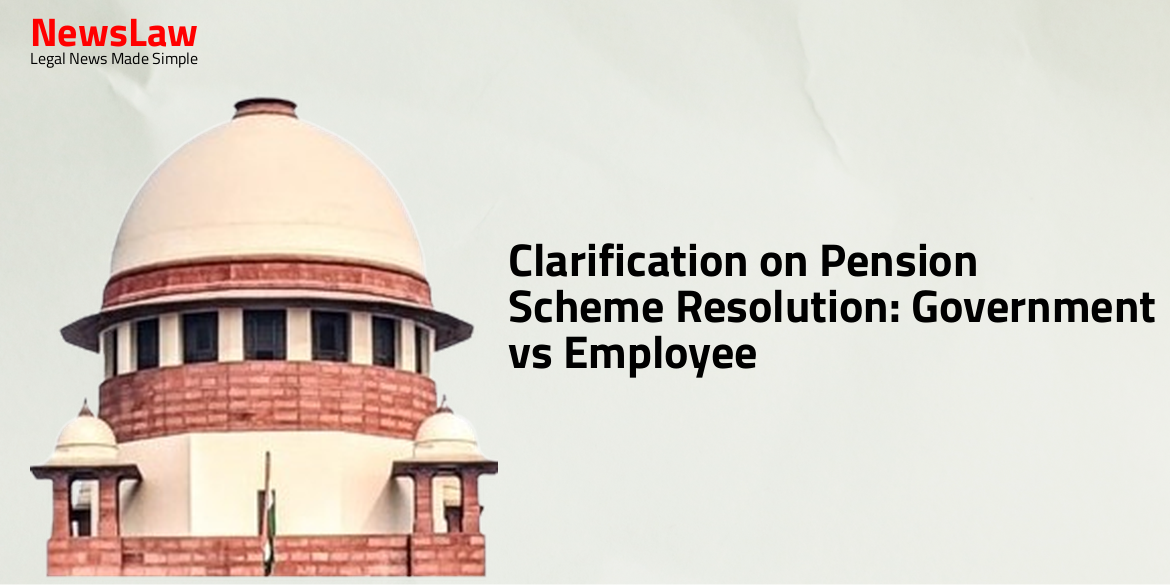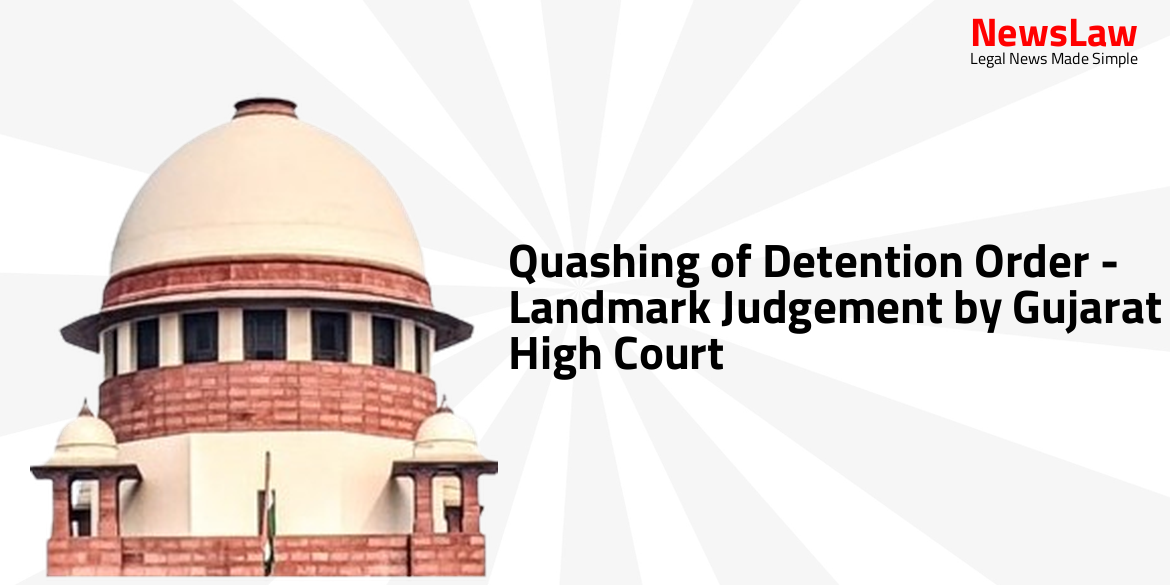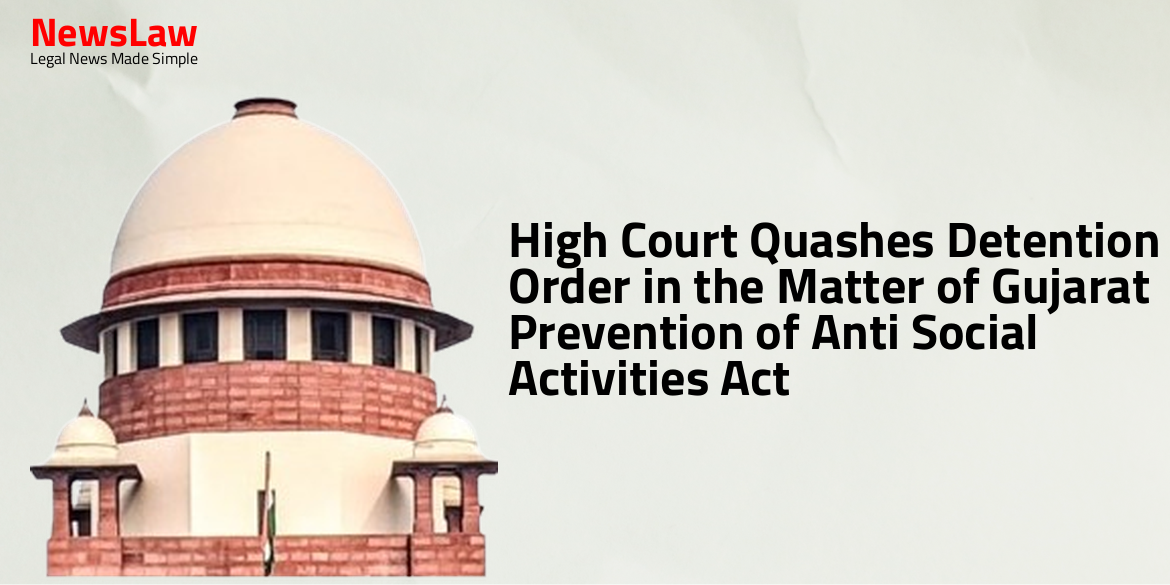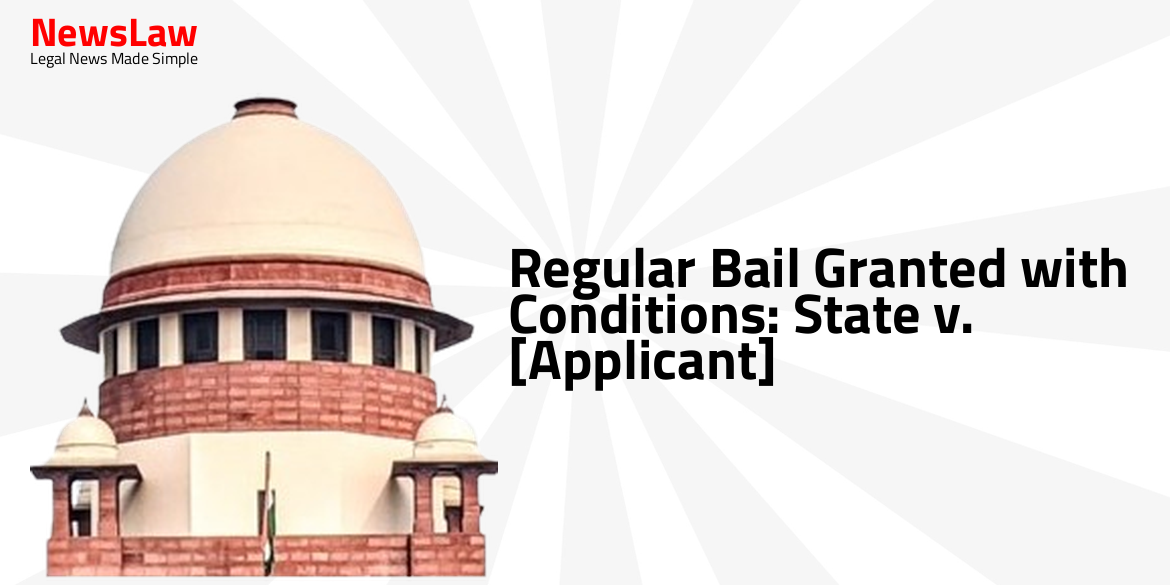In a significant legal battle between the Government and an Employee, the Gujarat High Court provided a crucial clarification on a resolution related to the pension scheme. The case involved detailed arguments regarding the application of the Government Resolution of 2005 and its impact on the employee’s pension scheme. Discover the key insights from the court’s judgment in this complex legal matter.
Facts
- The Respondent No.1 had filed a writ petition challenging the rejection of his application for regularization of his services.
- The Respondent was appointed on a temporary basis and sought regularization after completion of 240 days of continuous service.
- The Respondent contended that he was entitled to regularization under the existing rules and policies.
- The High Court noted that the Respondent’s application for regularization was rejected based on the fact that he had not completed 240 days of continuous service as of the date of rejection.
- The Respondent argued that the period of service completed after the rejection should also be considered for regularization.
- The High Court agreed with the Respondent’s contention and held that the period of service completed even after the rejection of the application could be considered for regularization.
- The High Court directed the concerned authorities to reconsider the Respondent’s application for regularization taking into account the entire period of service rendered by the Respondent.
- The High Court further directed that the Respondent’s regularization be considered as per the rules and policies applicable at the time of his appointment.
- The writ petition filed by the Respondent was allowed by the High Court, setting aside the rejection of his application for regularization.
Arguments
- The Petitioner contends that the Respondent joined Secondary School as a Teacher in 1995 and later transferred to Higher Secondary School but resigned from that post.
- The Petitioner was placed on a fixed salary for 5 years before being placed in a regular pay-scale.
- The Respondent argues that a Government Resolution of 2005 clarified that employees who resigned on technical grounds but had continued GPF accounts could be under the old pension scheme.
- The Petitioner, however, was governed by the NPS as per Clause 3 of the 2005 Resolution.
- The AGP contends that the main issue is the interpretation of Clause 3 of the 2005 Resolution on the New Defined Contributory Pension Scheme.
- The case of the respondent is covered by the Government Resolution dated 18.03.2005.
- The Tribunal and learned Single Judge have interpreted the resolution accurately in favor of the respondent.
Analysis
- The Tribunal considered the entire scheme and the Government Resolution dated 06.09.2005.
- The State Government’s argument was based on Clause 3 of the Government Resolution dated 18.03.2005 introducing the NPS.
- The Resolution of 06.09.2005 clarified that employees who resigned on technical grounds and were appointed after the introduction of NPS would still be governed by the old pension scheme of 1972.
- The Tribunal, considering the Resolution, allowed the application filed by the employee against the State Government’s decision to not allow him to be a member of the old pension scheme.
- The employee filed the application with the Tribunal to be considered under the GPF of the old pension scheme instead of the NPS from 01.04.2005.
- No infirmity or illegality found in the order passed by the Tribunal and the learned Single Judge.
- The case of the respondent falls under the Government Resolution dated 06.09.2005.
- The respondent’s GPF account was continued even after he was appointed on the second post on 17.01.2001.
Decision
- The present appeal did not succeed under the circumstances
- The appeal has been dismissed
Case Title: STATE OF GUJARAT Vs. RAJESHKUMAR GOVINDBHAI PATEL
Case Number: R/LPA/916/2016



